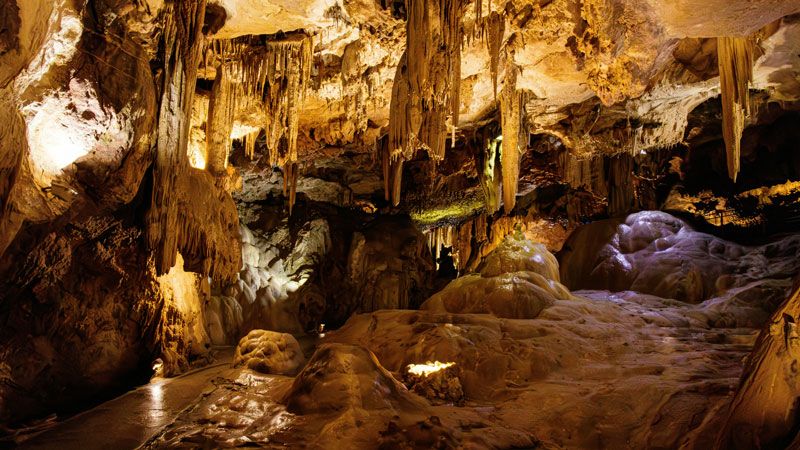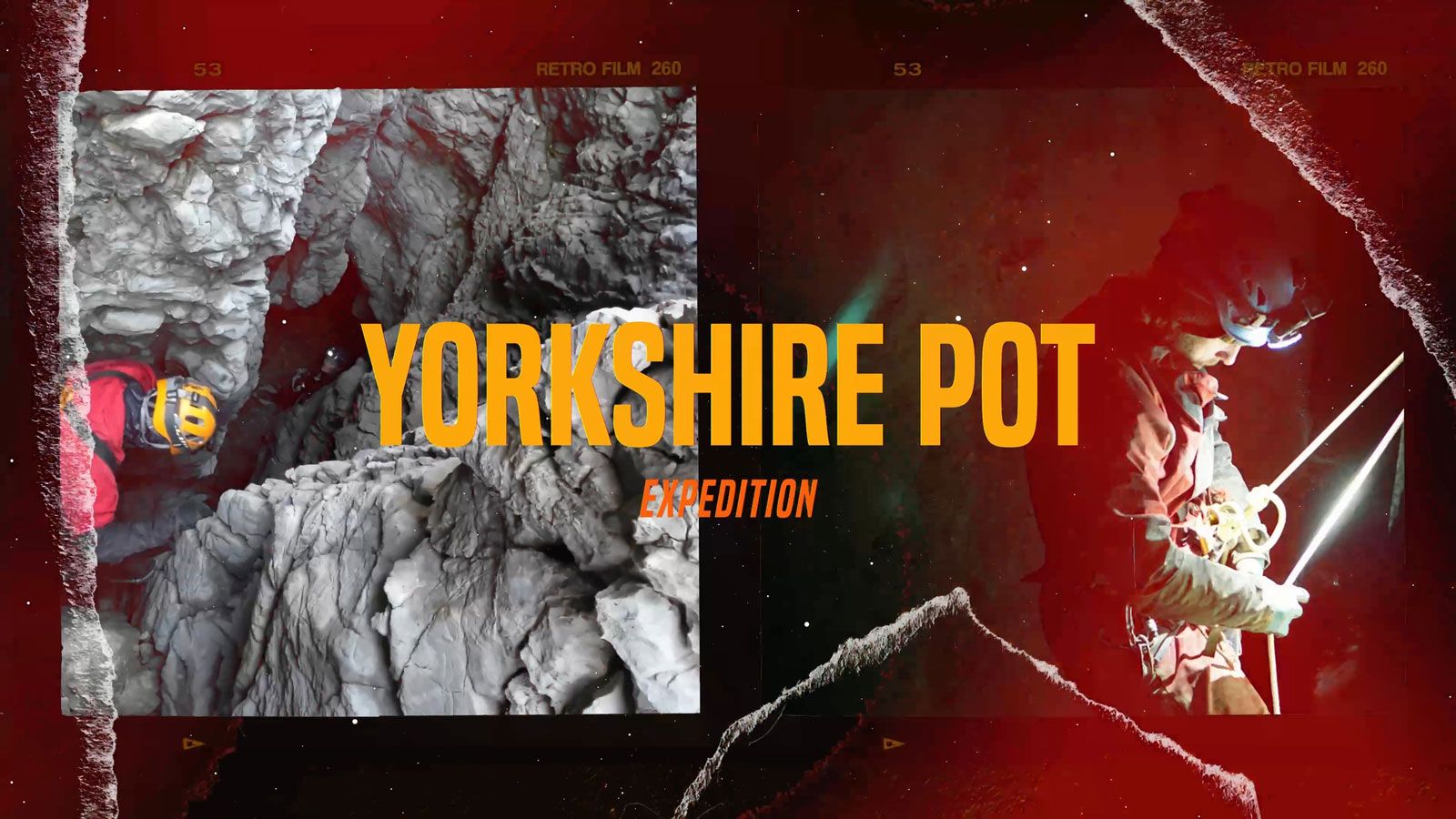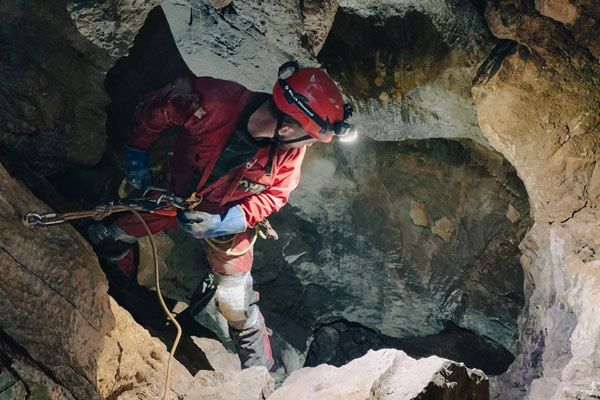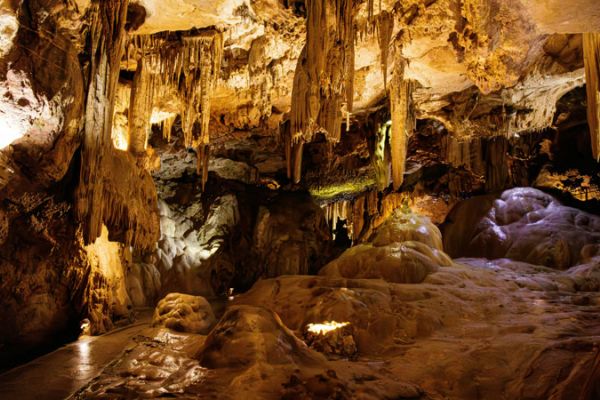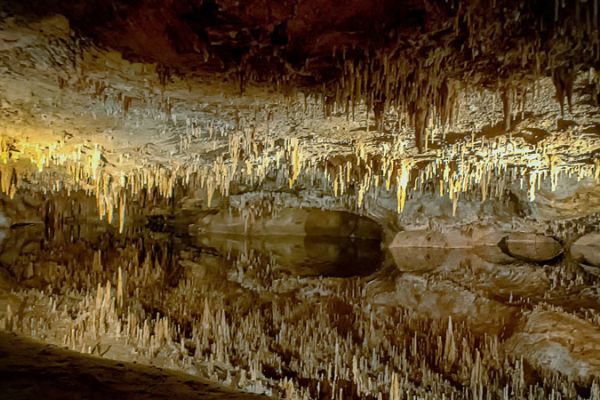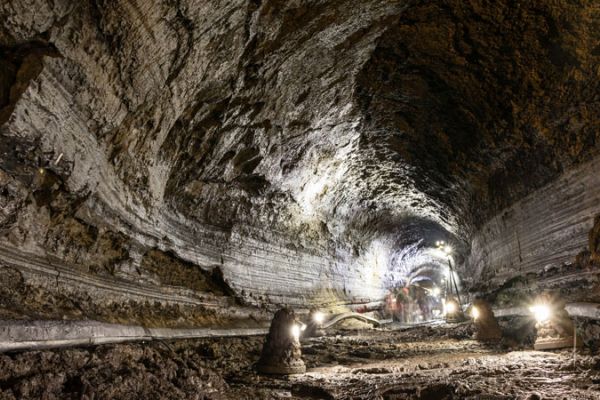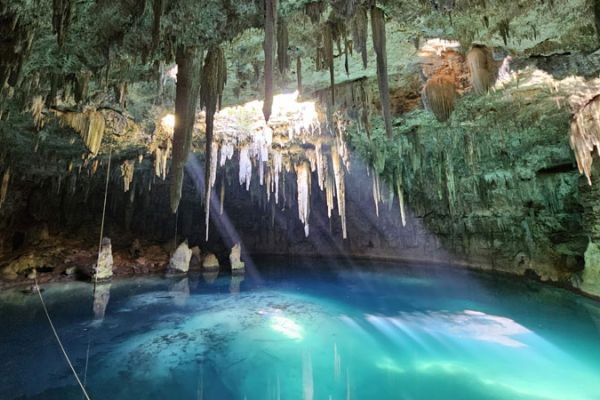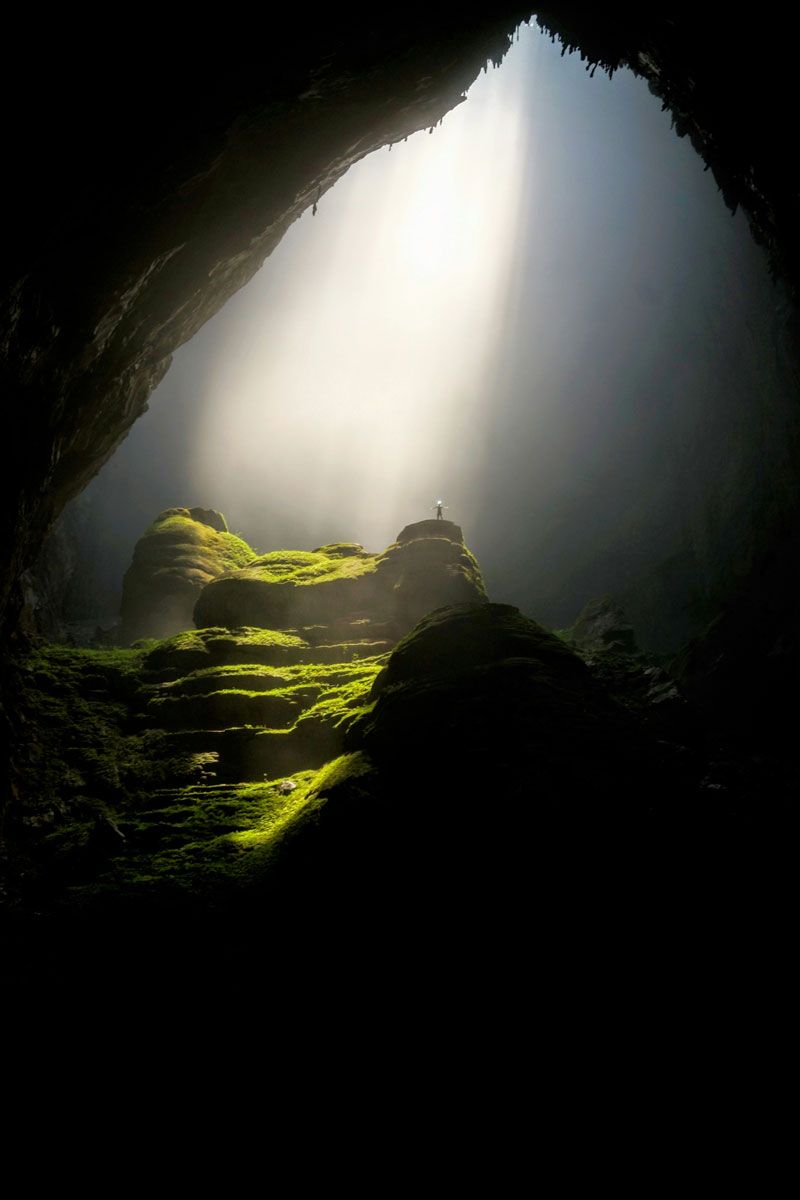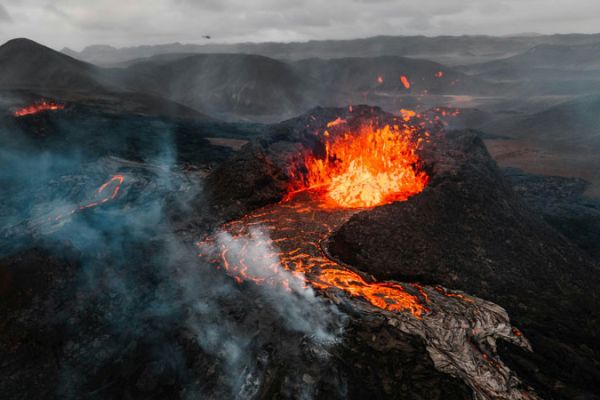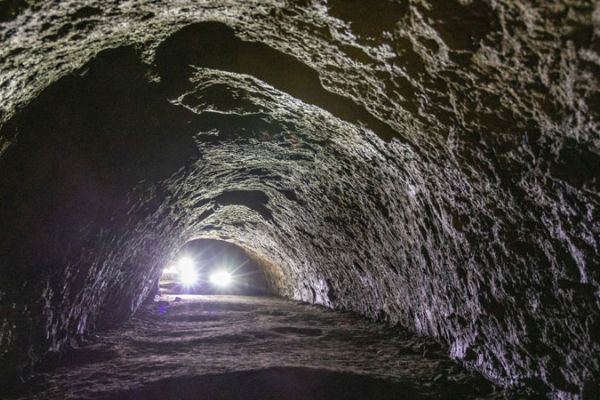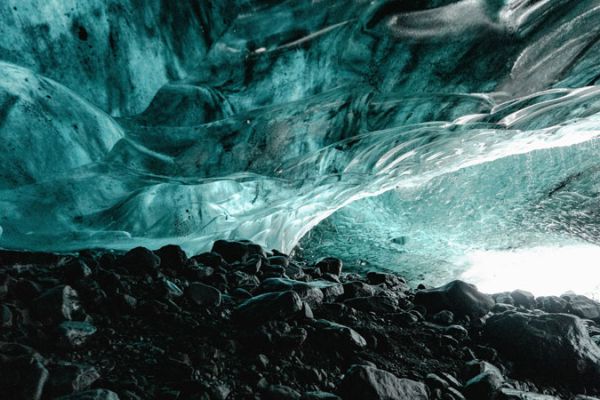
Caves Uncovered: Exploring Their Varieties and How They Form
When most people think of caves, they imagine dark, underground chambers carved into rock, often filled with stalactites and stalagmites. However, the term “cave” encompasses a wide variety of naturally occurring structures formed through different geological processes.
These formations can vary significantly in size, shape, and origin, reflecting the diversity of environments in which they develop. Even among caves of the same type, there are notable variations influenced by local geology, climate, and the specific mechanisms driving their formation.
Caves are classified primarily by the processes responsible for their creation, including chemical dissolution, volcanic activity, mechanical erosion, and other natural forces. This classification reveals the complexity and variety of Earth’s subterranean landscapes, offering a fascinating glimpse into the planet’s dynamic geological processes.
What is a Cave?
A cave is broadly defined as a natural void in the Earth’s surface large enough for human entry. This seemingly straightforward definition, however, can vary depending on the region and the criteria used. While some definitions emphasize size, others focus on the geological processes that form the cave. These variations highlight the diversity of caves and the complexity of categorizing them.
Definitions of a Cave:
- General Definition: A naturally occurring cavity or system of cavities in the Earth, large enough for a person to enter.
- Regional Variations:
- In Europe, definitions often include measurable dimensions, such as a minimum length or depth, to distinguish caves from small crevices or overhangs.
- In North America, the definition is more inclusive, focusing on any naturally formed void, regardless of size, as long as it allows human access.
- In some regions, even shallow recesses or rock shelters are classified as caves, especially when they hold cultural or archaeological significance.
These differing interpretations underscore the fact that not all caves are deep, dark, or extensive systems. The term “cave” encompasses a range of formations with unique characteristics.
